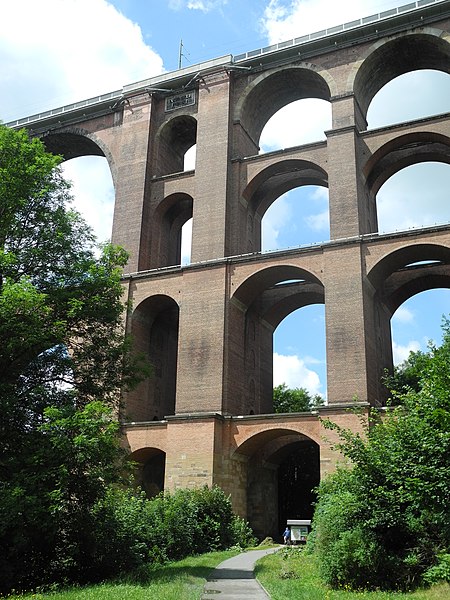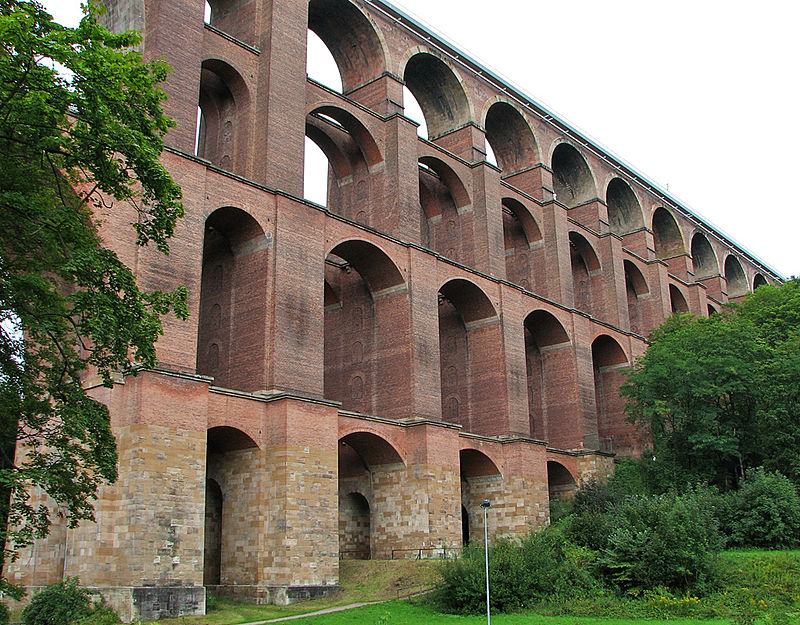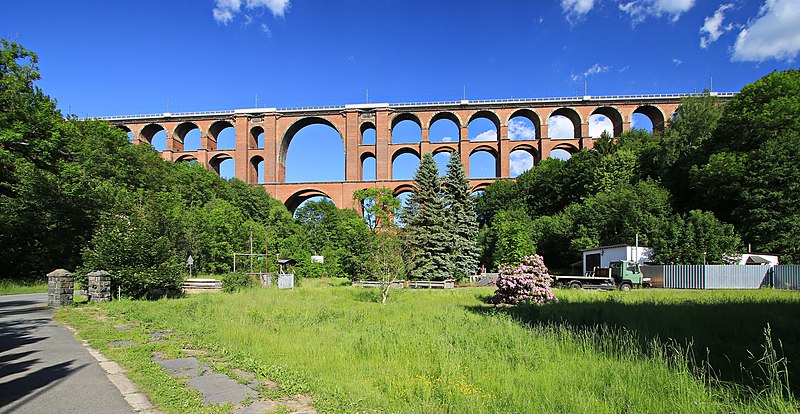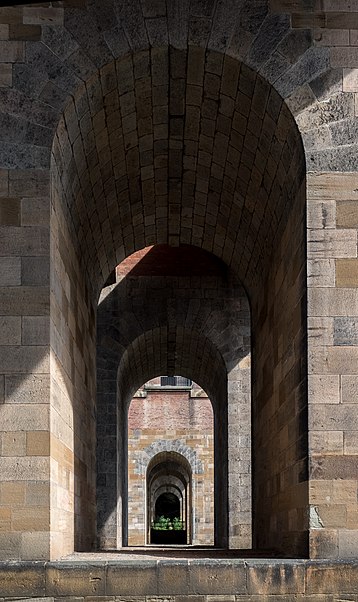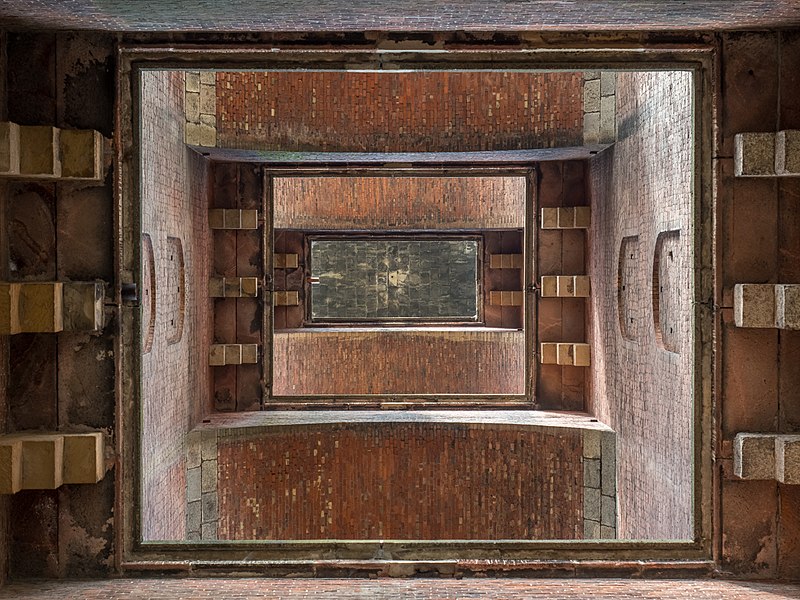Göltzschtalbrücke
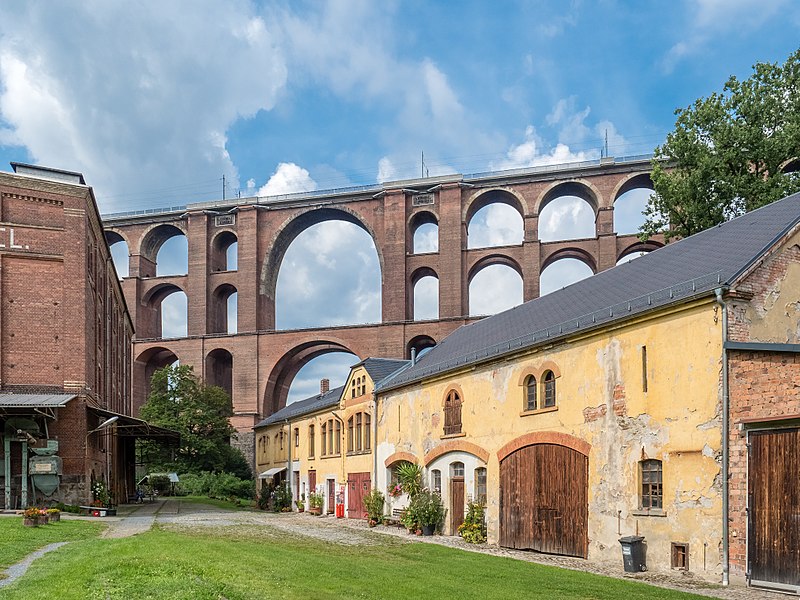
Facts and practical information
Spanning the valley of the Göltzsch River in Germany, the Göltzschtalbrücke is an architectural marvel and the largest brick-built bridge in the world. Completed in 1851, this viaduct was constructed as part of the railway line connecting Saxony and Bavaria, representing a significant engineering achievement of the 19th century.
The bridge stands majestically, with a length of 574 meters and reaching a height of 78 meters at its highest point. It consists of four levels of arches, with a total of 81 arches, built from a staggering 26 million bricks. The Göltzschtalbrücke not only served a practical purpose in enabling efficient transportation but also became a symbol of the capabilities of industrial-age engineering.
Despite its age, the bridge remains in active use today, supporting the weight of modern trains and bearing testament to the durability and foresight of its creators. It has been recognized as a cultural heritage monument and continues to draw visitors from all over the world, who come to marvel at its grandeur and the skillful craftsmanship it represents.
Göltzschtalbrücke – popular in the area (distance from the attraction)
Nearby attractions include: Elster Viaduct, Mylau Castle, Sommerpalais, Unteres Schloss.


